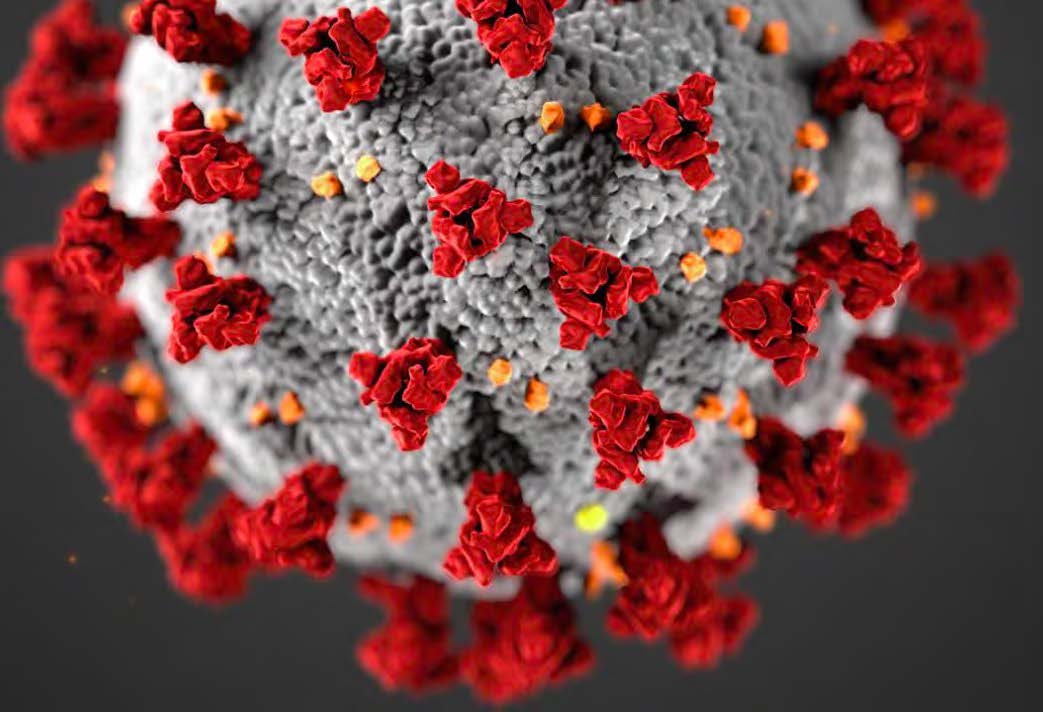Wastewater samples collected from 9 local POTWs to build national COVID-19 surveillance system

SCCWRP and its partners have collected and preserved wastewater influent samples from nine Southern California treatment plants over the past four months for a national study investigating how wastewater influent could be used to monitor the prevalence of COVID-19 infections in communities in near real time.
The more than 300 Southern California samples will give researchers a range of data points to use for correlating virus counts to community infection rates. The goal is to build an early-warning, wastewater-based surveillance system to track trends in COVID-19 community infection rates.
Wastewater streams have the potential to offer more accurate, earlier, comprehensive insights about community infection rates than individual testing of subsets of the population.
In the coming weeks, SCCWRP will begin quantifying the virus counts in the samples using droplet digital PCR (polymerase chain reaction), a more sensitive quantification method than older PCR techniques. SCCWRP has played a national role in helping to adapt droplet digital PCR for water-quality monitoring.
More news related to: Microbial Risk Assessment, Microbial Water Quality